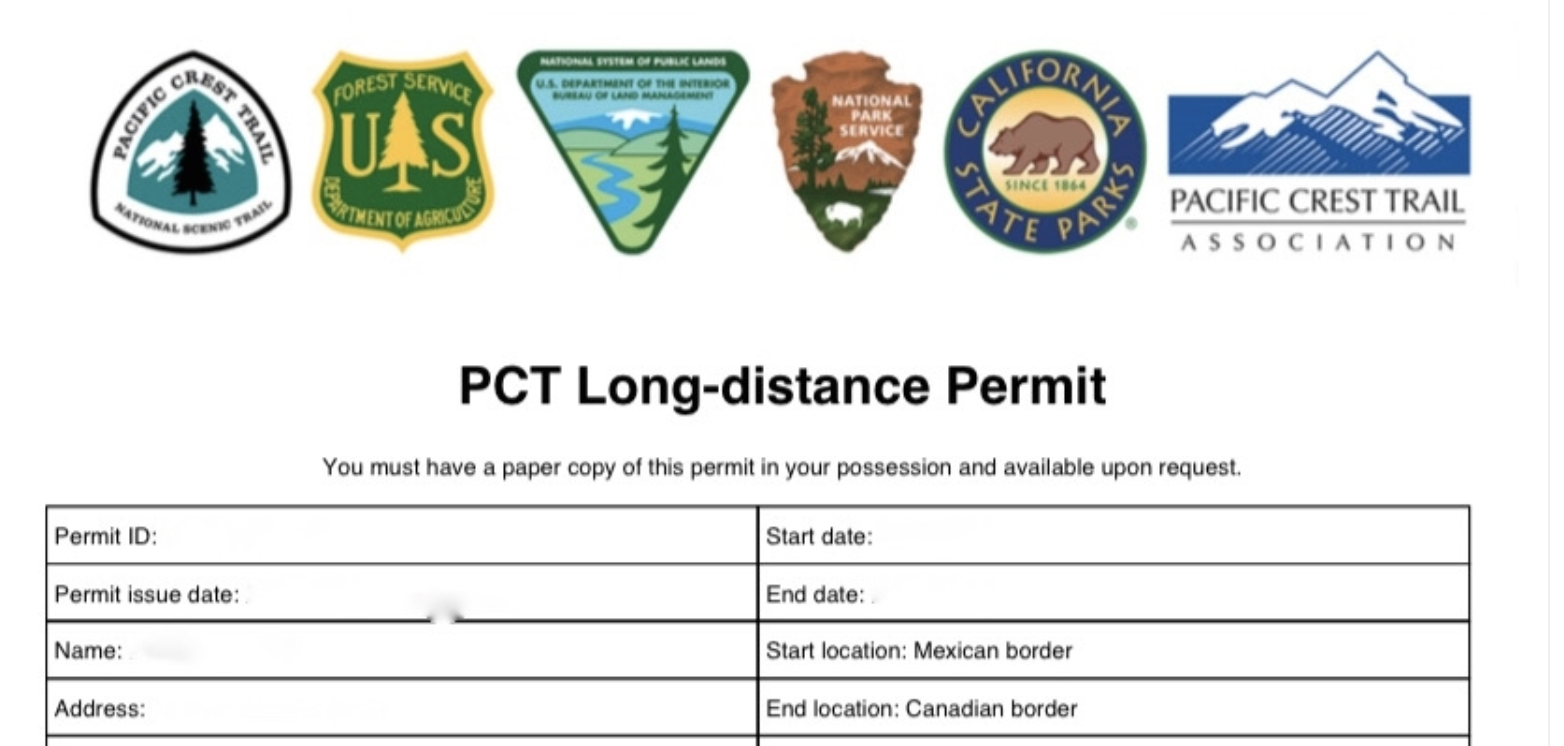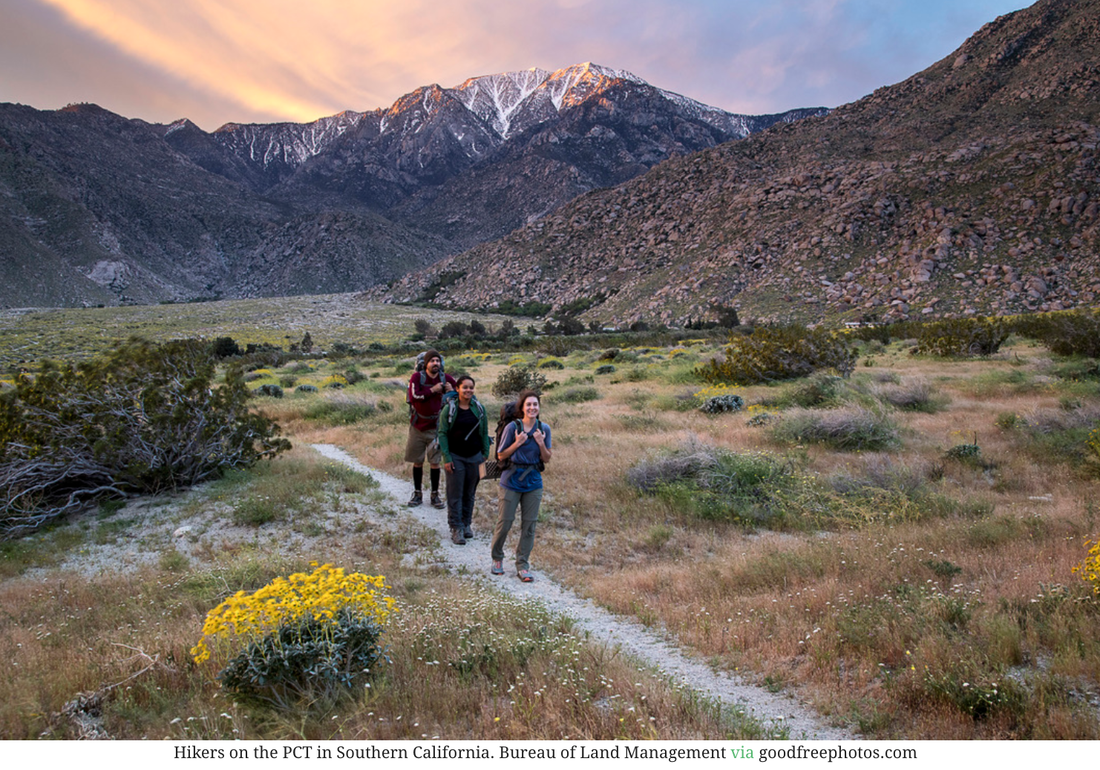In March 2020, as the pandemic took off, the organizations managing the three Triple Crown trails took a unified cautious approach.
- The Appalachian Trail Conservancy asked all hikers to stay off or leave the trail.
- The U.S. Forest Service told 2020 Pacific Crest Trail Long-distance Permit holders that they could “no longer complete a planned long-distance trip” and the Pacific Crest Trail Association began advising against non-self-sustained hikes.
- The Continental Divide Trail Coalition urged long-distance hikers to postpone CDT travel if they were “unable to budget for the possibility of paying for a hotel room, food delivery, and medication for two weeks in the event that you are exposed to COVID-19,” and canceled its southern-terminus shuttle service.
Outdoors: A Safe Place to BeWith thru-hiking season fast approaching — many northbound hikers begin the Appalachian Trail in February and the Continental Divide Trail and Pacific Crest Trail in March — it remains to be seen how the pandemic will affect those who are planning 2021 hikes.
Nine months into the pandemic, the overwhelming scientific consensus is that the chances of transmitting or contracting the virus in well-ventilated, non-crowded outdoor environments – such as a trail, park, or beach – is exceedingly low.
“Outside, things like sunlight, wind, rain, ambient temperature, and humidity can affect virus infectivity and transmissibility,” Angela Rasmussen, virologist at Columbia University, told Vox. “So while we can’t say there’s zero risk, it’s likely low unless you are engaging in activities as part of a large crowd — such as a protest.”
According to the largest study to date, of more than 7,300 COVID-19 cases examined in China, just a single one was attributed to outdoor transmission — and in that case, a man contracted the virus after speaking in close proximity for an extended period with a person who had recently returned from Wuhan, where the outbreak started.
In addition, early concerns about “fomite transmission” — picking up the virus from surfaces, as with norovirus — have receded as studies confirm the vast majority of cases are due to human-to-human and airborne contact.
“The chance of transmission through inanimate surfaces is very small, and only in instances where an infected person coughs or sneezes on the surface, and someone else touches that surface soon after the cough or sneeze (within 1–2 hours),” a group of researchers wrote in the British medical journal The Lancet in August.
Still, the risk of contracting and transmitting the virus increases when hikers visit trail towns. Concerned equally about the well-being of hikers and the communities they visit, the PCTA continues to discourage long-distance travel unless it’s fully self-supported.
“You can help limit the spread of COVID-19 by avoiding communities other than your own,” the organization advises. “Being completely self-supported on PCT outings is key: if you bring everything you need, don’t stop anywhere traveling to and from the trail and avoid side trips from the trail to resupply, you limit transmission of the virus between you and others.”
The latest research suggests that SARS-CoV-2 is not likely to be picked up from surfaces, particularly outdoors. Clay Bonnyman Evans photo.
PCT Long-distance Permit
One issue haunting prospective 2021 hikers is the availability of permits to hike through public lands, including national parks, wilderness areas, and state parks.
Permits are relatively straightforward and few for both the AT (three required) and CDT (seven required), most for national park access. As of mid-December, national parks were open and the ATC opened its voluntary hiker registration Dec. 1.
But the PCT is a different story, since the trail requires numerous permits to pass through public lands managed by numerous state and federal agencies. The long-distance permit, established in 2001, was created by the U.S. Forest Service, PCTA, and other management agencies to streamline the process. It covers all permit-required areas on the trail, eliminating the need to secure local permits, but is not required.
Since 2015, PCT Long-distance Permits have been limited to 50 per day for hikers starting at the southern terminus in Campo, Calif. in March, April, and May. Intended to spread out the number of hikers to protect resources and improve the experience, the new system has drawn criticism, including:
- Applicants must sometimes wait online as long as four or five hours online when applications open (typically on Oct. 15 and again on Jan. 15).
- Each hiker can obtain just one permit, so those planning to hike together often cannot get permits to start the same day, week, or sometimes even month.
- Some who don’t use their permits may fail to inform the PCTA, eliminating that spot for another hiker.
- Hikers must “travel continuously” and complete the Sierra Nevada within a 35-day window or lose their permit, which some worry will encourage people to hike in dangerous conditions.
The PCTA advises hikers not to put themselves in a dangerous situation for any reason and urges flexibility.
“Stay within your skill set. If you’re hiking somewhere, and you hit something that is not in your skill set, find a way around,” Anitra Kass, Southern California Regional Representative for the PCTA, told The Trek’s Backpacker Radio. “If you need to flip-flop, you can work with our Sacramento office to figure out how to get that done. … They are going to work with you to figure out what is good for you to have a good PCT experience.”
Uncertainty for 2021
The PCTA signaled continuing uncertainty over the upcoming thru-hiking season in August, when it canceled the Oct. 15 application opening. The organization said it would “continue to monitor the situation closely and … update everyone about potential 2021 permits by January 15.”
If PCT Long-distance Permits are canceled entirely for 2021, anyone still intending to thru-hike will face the daunting task of obtaining multiple permits issued by a bewildering array of agencies.
A difficult task. But not impossible.
“Because the PCT Long-distance Permit covers you for your entire thru-hike, it is obviously the easiest option,” McDonnell says. “However, you can absolutely, positively, legally, hike the PCT using local permits.”
But if anyone thinks they can get away with skipping permits, McDonnell warns that enforcement is real, and costly.
“Some people complain and say, ‘the permit doesn’t mean anything to me.’ That’s a mistake,” she says. “I’m not anti-permit. I’m pro-permit – it protects the wilderness, and nobody wants the trail to be overcrowded. The system is there, and we need to work within it.”
Editor’s note: Although it is possible to legally hike the PCT without a Long-distance Permit, we encourage prospective thru-hikers on ALL trails to carefully weigh the risks involved.
CLICK HERE to see the full length article and photos in The Trek magazine.


 RSS Feed
RSS Feed